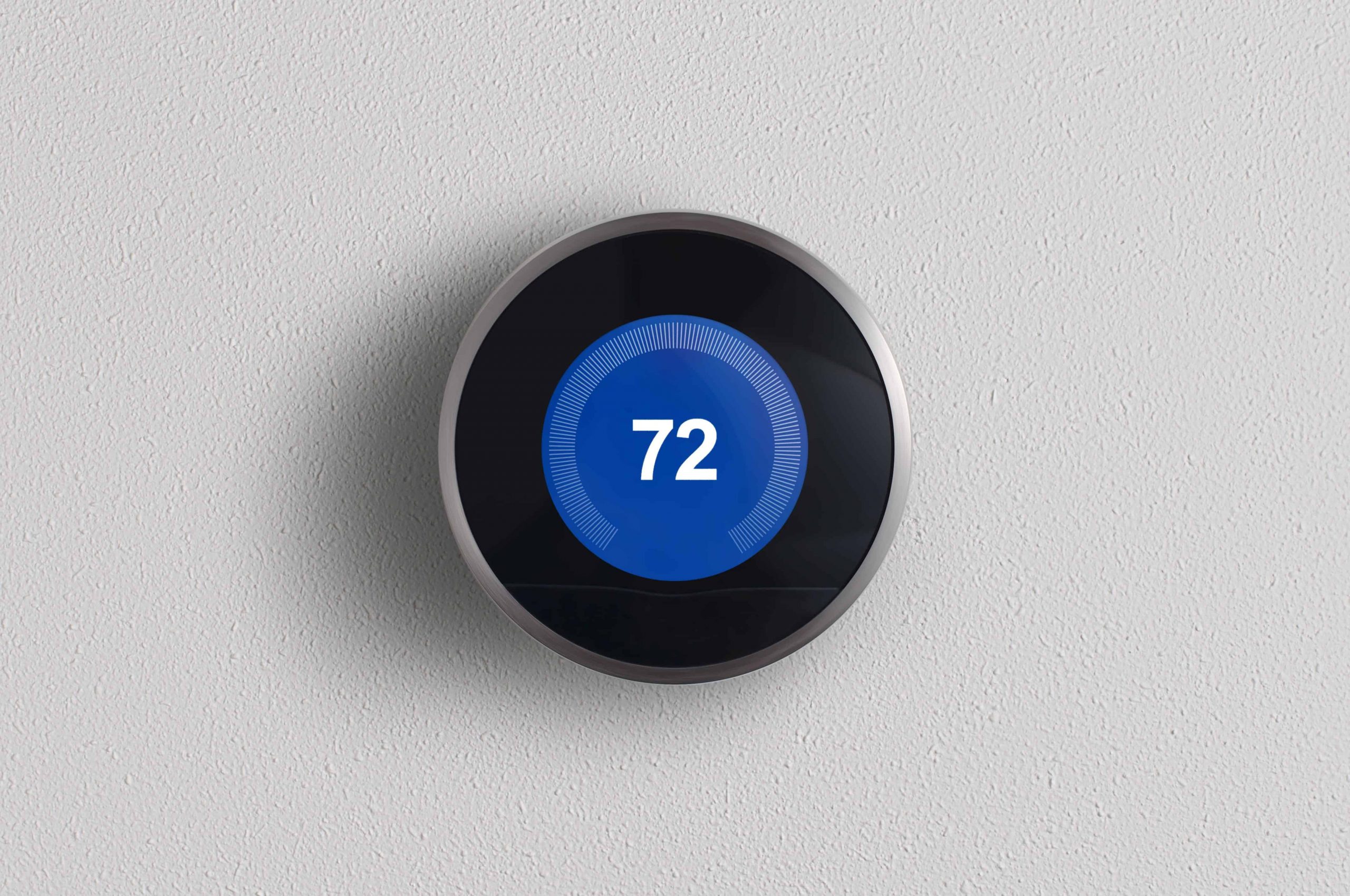A few team members and I participated in the 2019 HARDI Annual Conference this past week in NOLA. This event brings distributors, manufacturers, and preferred service providers together to network and increase their professional development in the HVACR space.
The general feeling, attitude, and atmosphere at the HARDI Annual Conference in New Orleans was phenomenal. It’s always such a great time meeting with dedicated HVAC/R professionals and learning about their challenges and trends of the industry.
That feeling was bolstered by a general good feeling toward the future of HVAC. From what we’re seeing of the industry, HVAC distribution is in a fairly good place and the professionals that work within this layer of the channel are fairly optimistic about 2020. Although HVAC distribution is optimistic, there are few concerns around increased consolidation, increased technology investments, recruitment, and retainment of talent and how tariffs impact suppler pricing.
So, with that being said, let me share with you some key takeaways about the trends and challenges of the industry from our incentive perspective. In no particular order.
1. The average contractor is still working with 5-6 different wholesalers
While this might seem daunting as a wholesaler, our competitive nature tells us this is an opportunity. It means that there’s still a lot of availability for wholesalers to capture more share-of-wallet from contractors. Acquiring more business from your mid- to small-tier accounts is what we call moving your middle, and a targeted incentive strategy to these customer segment can help increase overall sales.
This first point leads well into my second takeaway…
2. There’s a myriad of reasons why contractor would buy from a wholesaler
During the “Voice of the Customer” session, Bart James (President of ACCA), led a Q&A session with the ACCA Board panel. Wholesalers were able to ask questions to spark dialog around what was driving contractor’s decision to work with wholesalers. Here’s a few of the insights/reasons discussed:
- At number 1, product availability
- Relationships and reliability
- Differentiated services
- Responsiveness
- Pricing
- Brands and product categories carried
- Communications and how effective they are
- Minimizing errors (in billing, invoicing, delivery)
- Not wanting to put all their eggs in one basket
3. Though a buzzword for the last few years, eCommerce adoption is very low
Despite a push within industries like HVAC toward eCommerce offerings, the HVAC industry itself has been slow to adopt the new selling channel from traditional brick-and-mortar wholesalers.
To confirm this stagnancy, industry leading wholesalers have stated that eCommerce wasn’t a major contributor to revenue for them: only 3-7% of product sales were through the channel. Additionally, we’ve seen a few new eCommerce-based companies come and go quickly after a year or so. Experts say that the stagnancy may come from the nature of HVAC product, being large and highly technical.
All this to say that, while adoption is stagnant now, it will increase over time. It will be diligent to keep a close eye on any news surrounding the channel and stay ahead of your competitors. Incentives can be a good additive to any eCommerce solution, and you can learn more here.
4. Future trends caused by friction
There’s some friction building up in the HVAC industry, friction about training and expertise. While new regulations come out frequently, contractors often don’t have the time to prioritize for training.
With important and inevitable trends like IoT on their way into the industry, smart and innovative distributors and manufacturers will find a way to bridge the gap between training and expertise.
5. In a crowded industry, incentives are a key differential
As we’ve learned from the HARDI Annual Conference this year, there’s plenty of opportunity for both distributors and manufacturers in the HVAC industry to differentiate themselves. In an ultra-competitive market where expectations of customer experience are growing, loyalty is not just a nice-to-have, it’s a must.
An incentive strategy can help push specific product lines for vendors. They can create a brand affinity so strong that you’ll always be the first call. They can help to formulate a culture that drives motivation to front-line sales personnel and inspiration to customers.
Engaging HVAC dealers effectively in 2020 will be paramount to driving growth.
Here are few sample strategies to consider:
Earn More Business from Small- to Mid-Sized Account.
A top 50 distributor of HVAC supplies in the United States was able to increase incremental sales from small- to mid-tier contractor accounts, yielding a 5% increase in sales YoY and 240% ROI on the program.
The program also won an award for creative marketing! Read more here.
Strengthen Relationships with Your Current Customers
A leading distributor of commercial and residential plumbing and HVAC supplies captures more discretionary funds from valued customers while reducing sensitivity to price.
This program generated $7.5 million in incremental sales! Read more here.
If incentives are part of your 2020 plan, let’s chat!




